Introduction to Gamified Fitness
The digital age has brought about myriad innovations, one of which is gamification. In the fitness world, the gamified approach has transformed mundane exercises into engaging challenges. But what is gamified fitness, and how did it root itself so deeply into our workout routines?
What is gamified fitness?
Gamified fitness marries two seemingly distinct concepts: gaming and physical workouts. Imagine the excitement of conquering a level in a video game; now channel that emotion into your daily run or gym session. It transforms every jump, lift, or stride into an opportunity to score points, earn rewards, or beat personal records.
Brief history of gamification
Gamification isn’t a new trend. In fact, its foundation lies in behaviorist psychology where positive reinforcement, such as rewards, is used to encourage desired behaviors. Over the decades, businesses adopted these principles in loyalty programs, and now, fitness regimes have incorporated it to increase user engagement and commitment.
The Psychology of Gamification in Fitness
It's not just about adding points or badges. The science delves deeper, playing on human psychology to motivate and reward.
Reward Systems
Every time you earn a badge or level up in a game, it’s a small celebration. This is recreated in fitness routines through gamification.
Dopamine and motivation
Dopamine, the neurotransmitter associated with pleasure and reward, plays a pivotal role. Achieving milestones in a fitness app or wearable triggers the release of dopamine. This chemical rush isn't just a "feel good" moment; it acts as a powerful motivator, urging you to push further, run faster, or lift heavier.
Challenge and Progression
Remember the last time you played a game and breezed through the initial levels? And recall the satisfaction as the levels got harder, demanding more strategy and skill? Gamified fitness mirrors this.
The balance of difficulty and success
It's a tightrope walk. If a fitness challenge is too simple, it may lead to boredom. If it's excessively challenging, it could result in discouragement. Gamified fitness platforms meticulously design their progression to keep users motivated and not overwhelmed.
Benefits of Gamified Fitness
The blend of technology and fitness isn’t just a gimmick; it brings tangible results and benefits.
Enhanced motivation
Gamified elements provide continuous feedback, ensuring that users are always aware of their progress. This constant loop of action-feedback-reward ensures that the initial motivation isn't just a fleeting feeling but is sustained over prolonged periods.
Achieving fitness goals faster
With a systematic progression in challenges and the lure of rewards, many users find that they reach their goals faster. They're not just working out; they're on a mission.
Community and Competition
The social elements of gamified fitness are as critical as individual achievements. When you can share, compete, or collaborate, the journey becomes even more compelling.
Social connections and fitness challenges
Platforms often have social features that allow users to connect with like-minded individuals across the globe. This community feeling results in heightened accountability, camaraderie, and even friendly rivalry.
Implementing Gamification in Your Fitness Routine
If you're convinced about the merits of gamified fitness, the next step is to integrate it into your routine.
Choosing the right app or program
Every individual has unique needs. While some might be focusing on strength training, others could be looking at improving their marathon time. Selecting an app or program that aligns with your goals is vital.
Features to look for
Apart from the obvious gamified elements, look for apps that offer diverse workouts, dietary guidance, progress tracking, and perhaps even virtual personal trainers. A well-rounded program can be the difference between sticking to a routine and abandoning it.
Real-world Success Stories
It’s not just theory; gamified fitness has real-world champions.
Notable gamified fitness programs and their impact
“Zombies, Run!” isn’t just an app; it’s a phenomenon. It transformed daily runs into survival missions from zombies. Similarly, "Fitocracy" turned workouts into role-playing quests. These apps have not just garnered millions of downloads but have numerous testimonials of tangible fitness transformations.
Future of Gamified Fitness
The integration of gaming and fitness has only begun. With the rapid pace of technological advancement, there's so much more on the horizon.
Virtual reality and augmented reality workouts
Virtual reality (VR) and augmented reality (AR) are set to redefine gamified fitness. Imagine a world where your living room transforms into a high-tech gym or a serene yoga studio on a mountaintop, all through the power of VR and AR.
Conclusion
The fusion of gaming and fitness isn’t just a passing trend. It’s a testament to human innovation, where two seemingly contrasting domains come together for a holistic purpose. Fitness isn’t just about physical strength or endurance; it’s a mental game. And what better way to conquer it than with the thrill of gamification?
FAQs
-
Is gamified fitness just a fad?
- No, given its psychological foundation and proven results, it's here to stay and evolve.
-
How does gamification increase workout consistency?
- By tapping into our brain's reward centers, it creates a loop of motivation and reward, making users more consistent.
-
Can kids use gamified fitness apps?
- Yes, but it’s important to choose apps designed for younger audiences and ensure physical activities are age-appropriate.
-
How to ensure I don’t get too dependent on rewards?
- Balance is key. While rewards are motivating, focus on intrinsic motivations like feeling healthier or achieving personal milestones.
-
Are VR and AR workouts as effective as real workouts?
- They can be, depending on the program. While the environment might be virtual, the physical effort and movements are real.

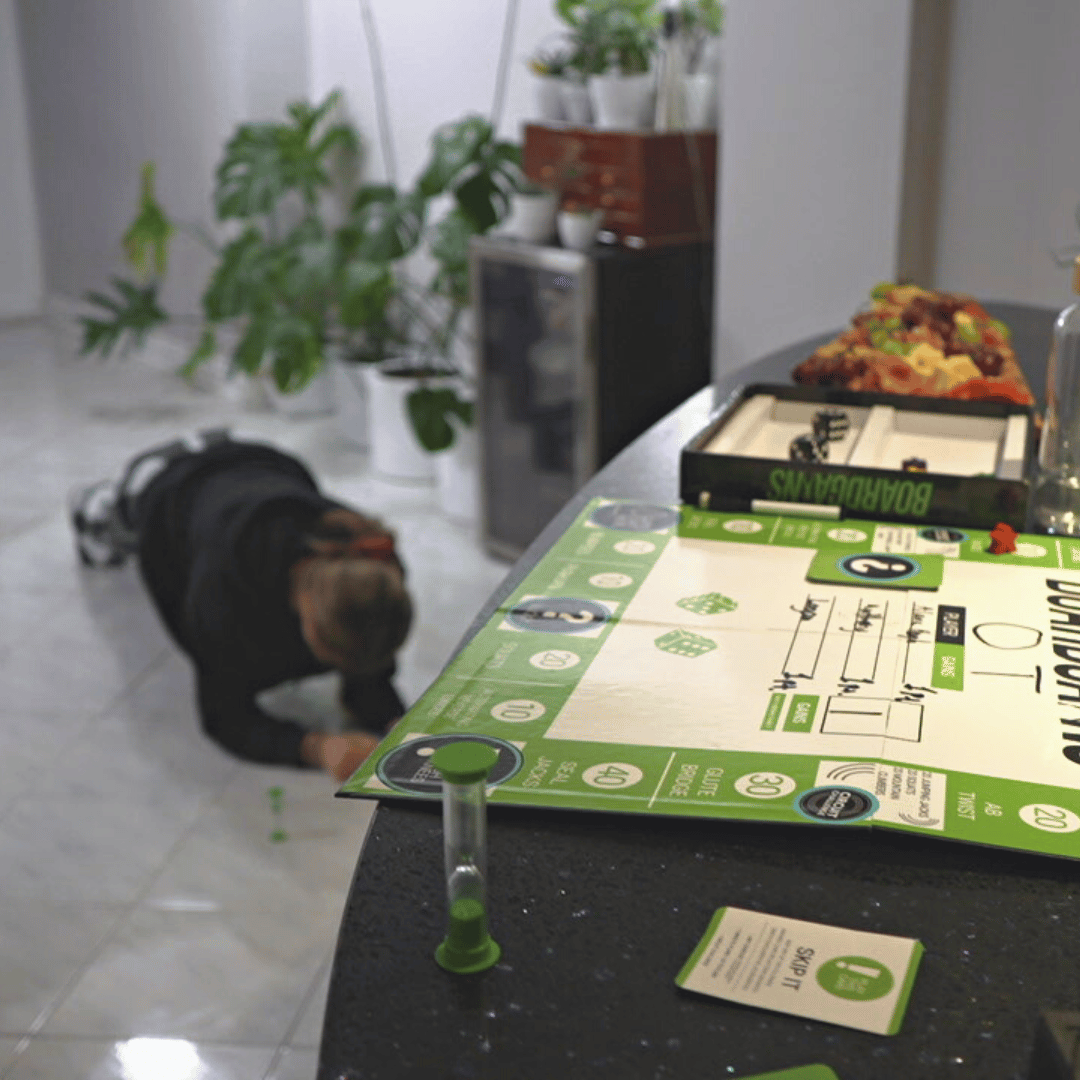
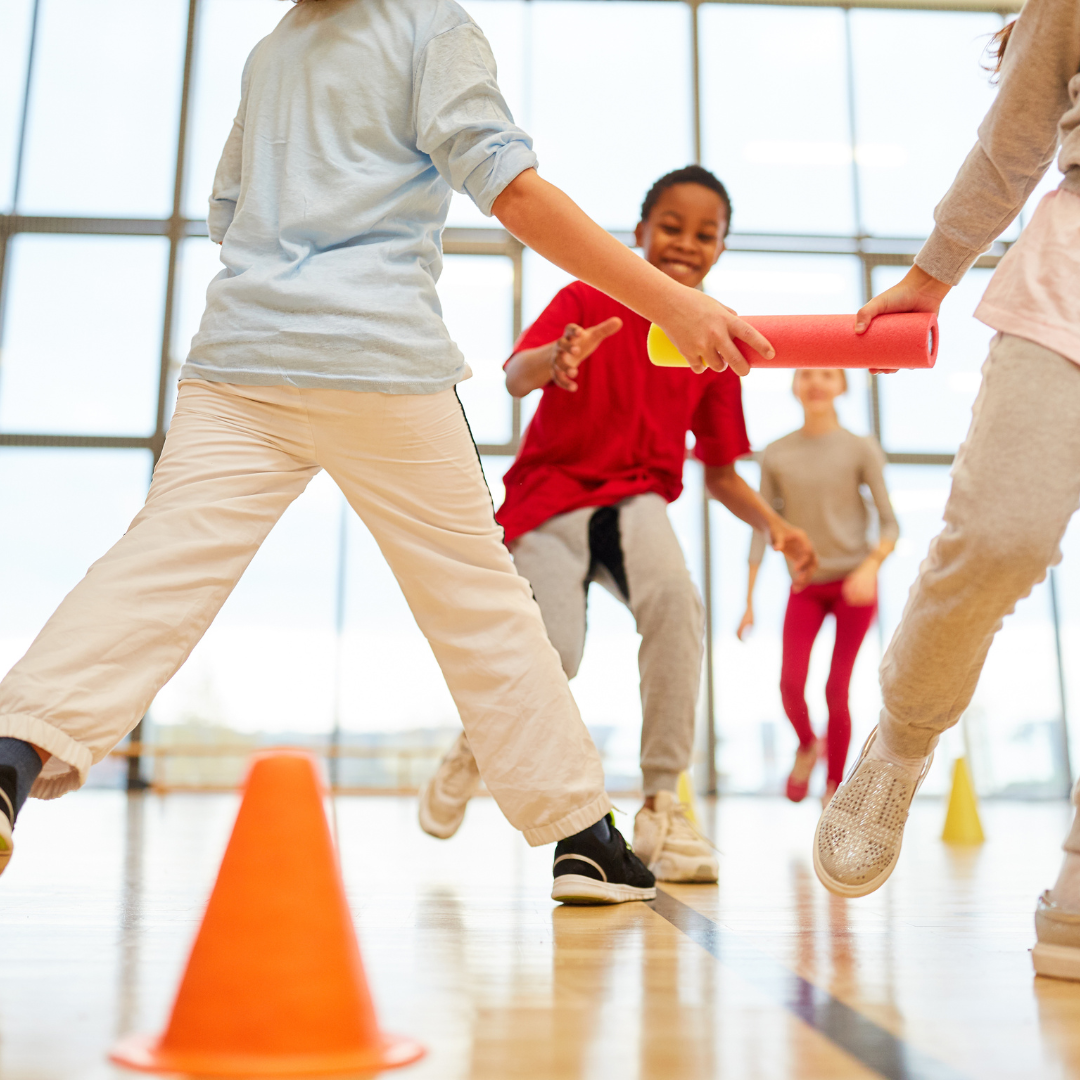
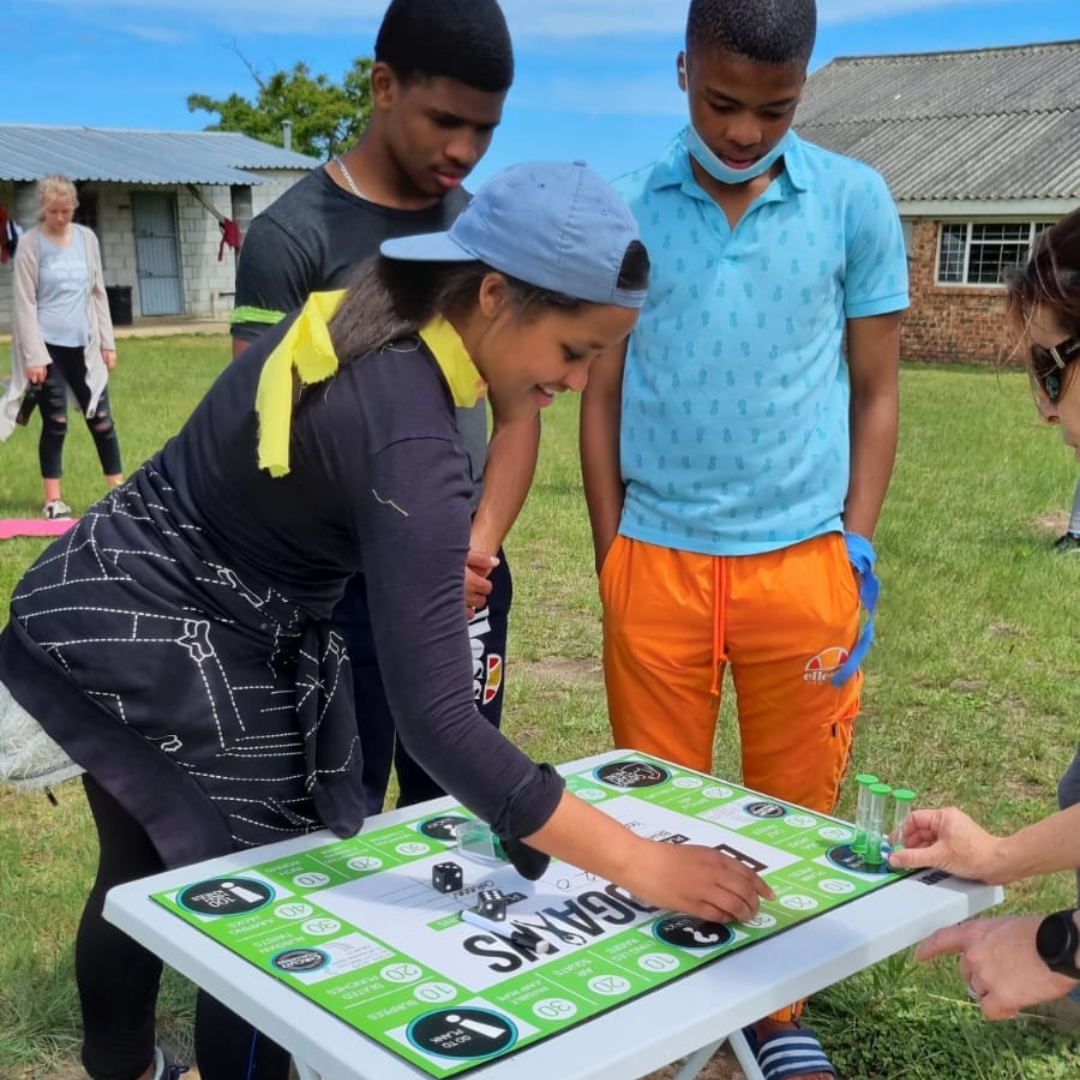
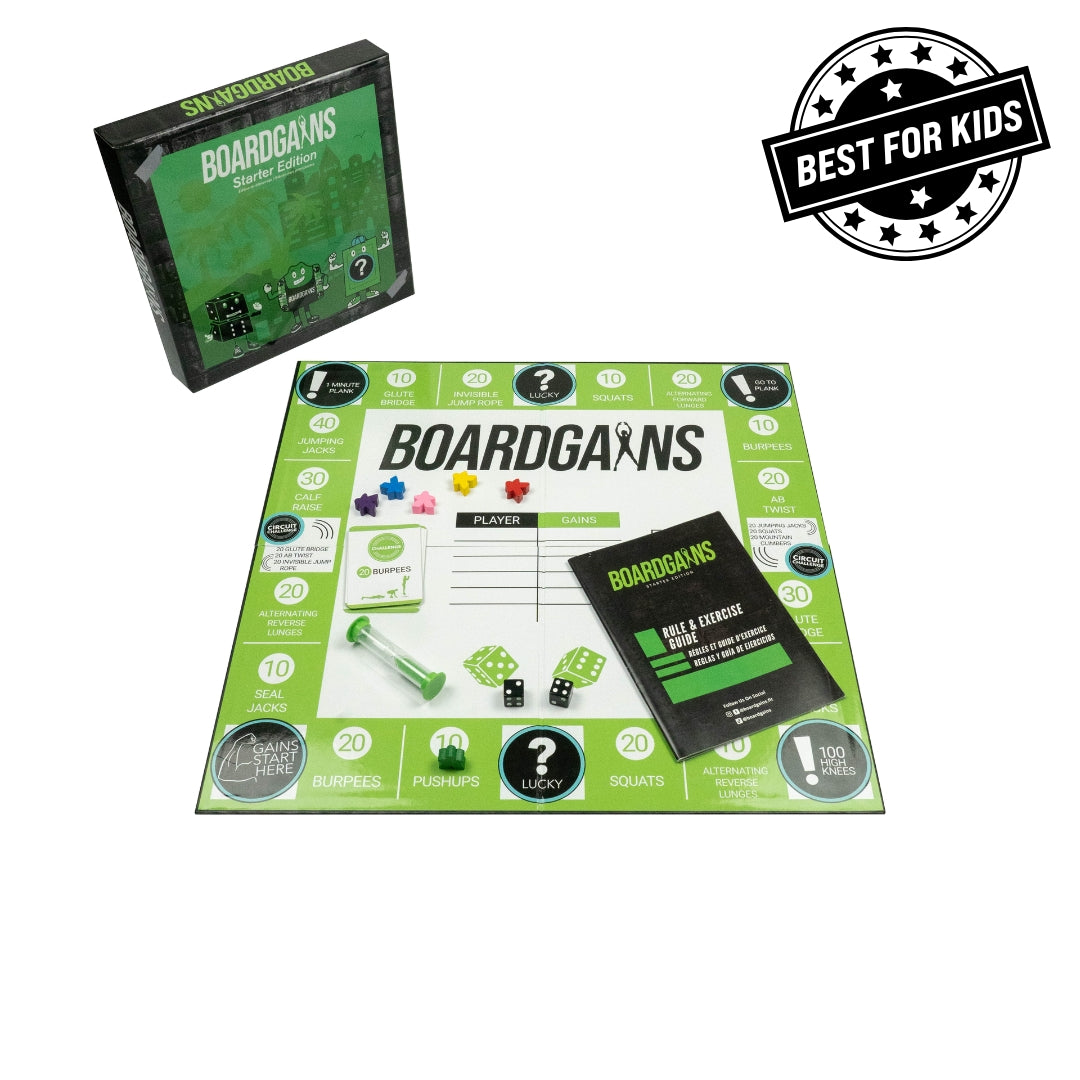
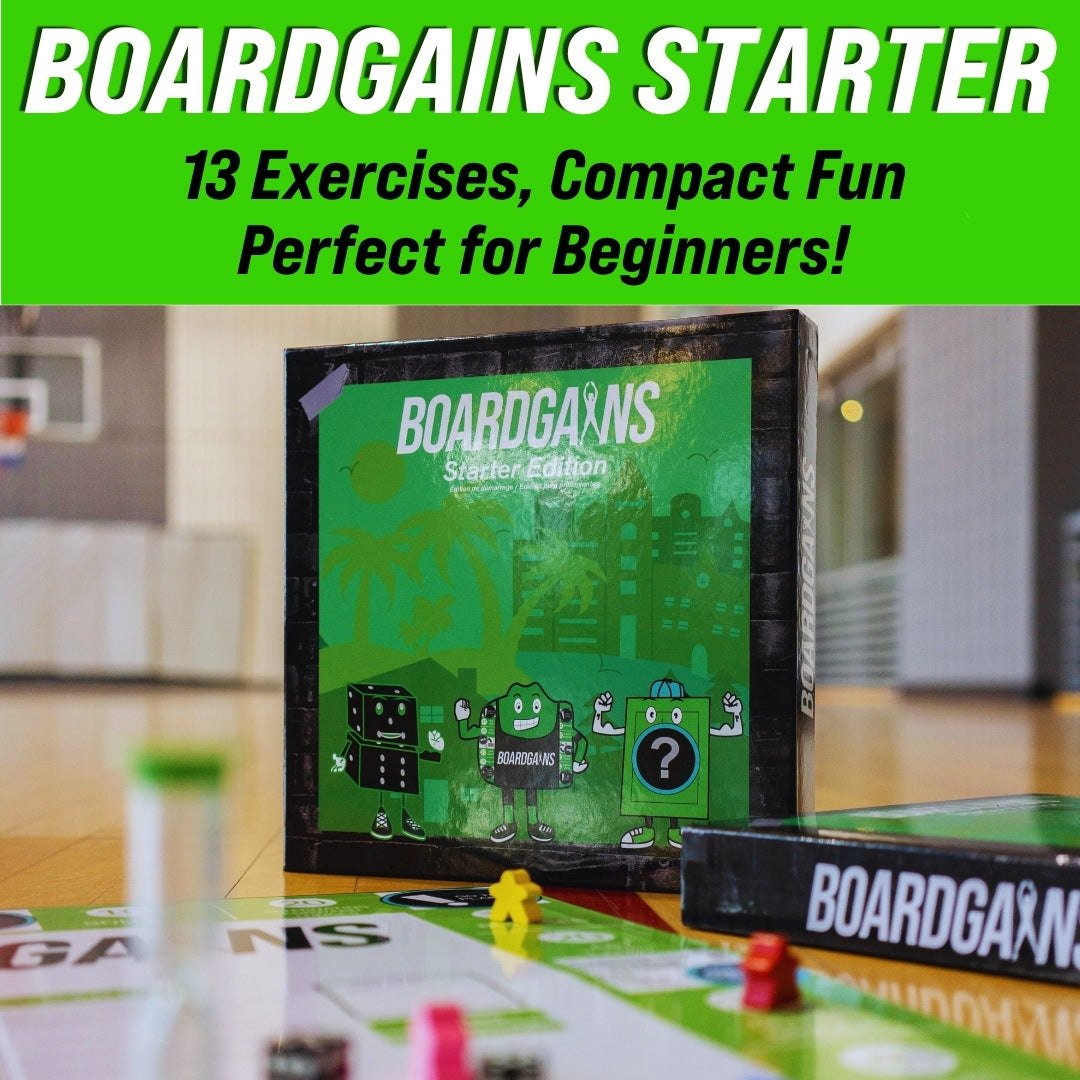
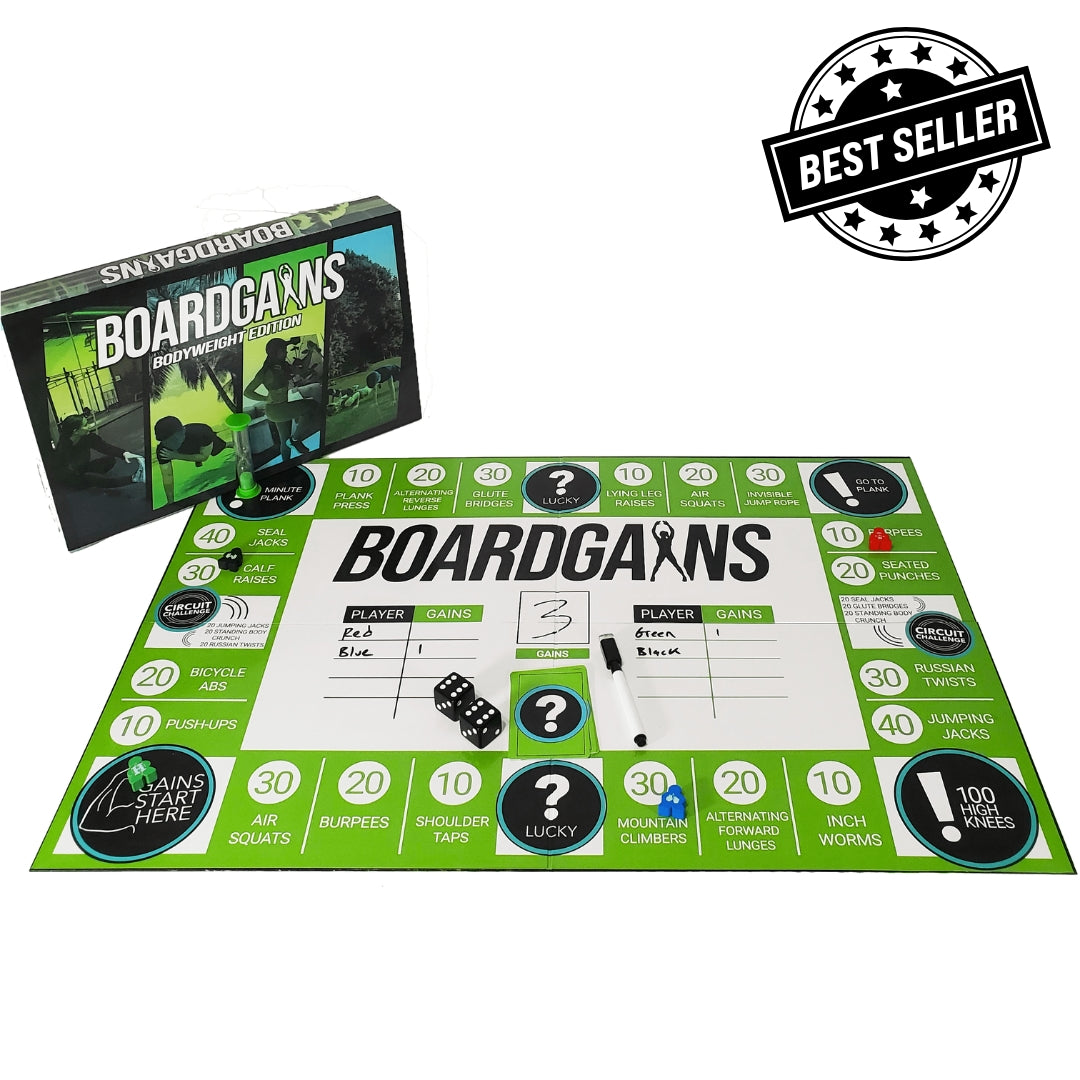

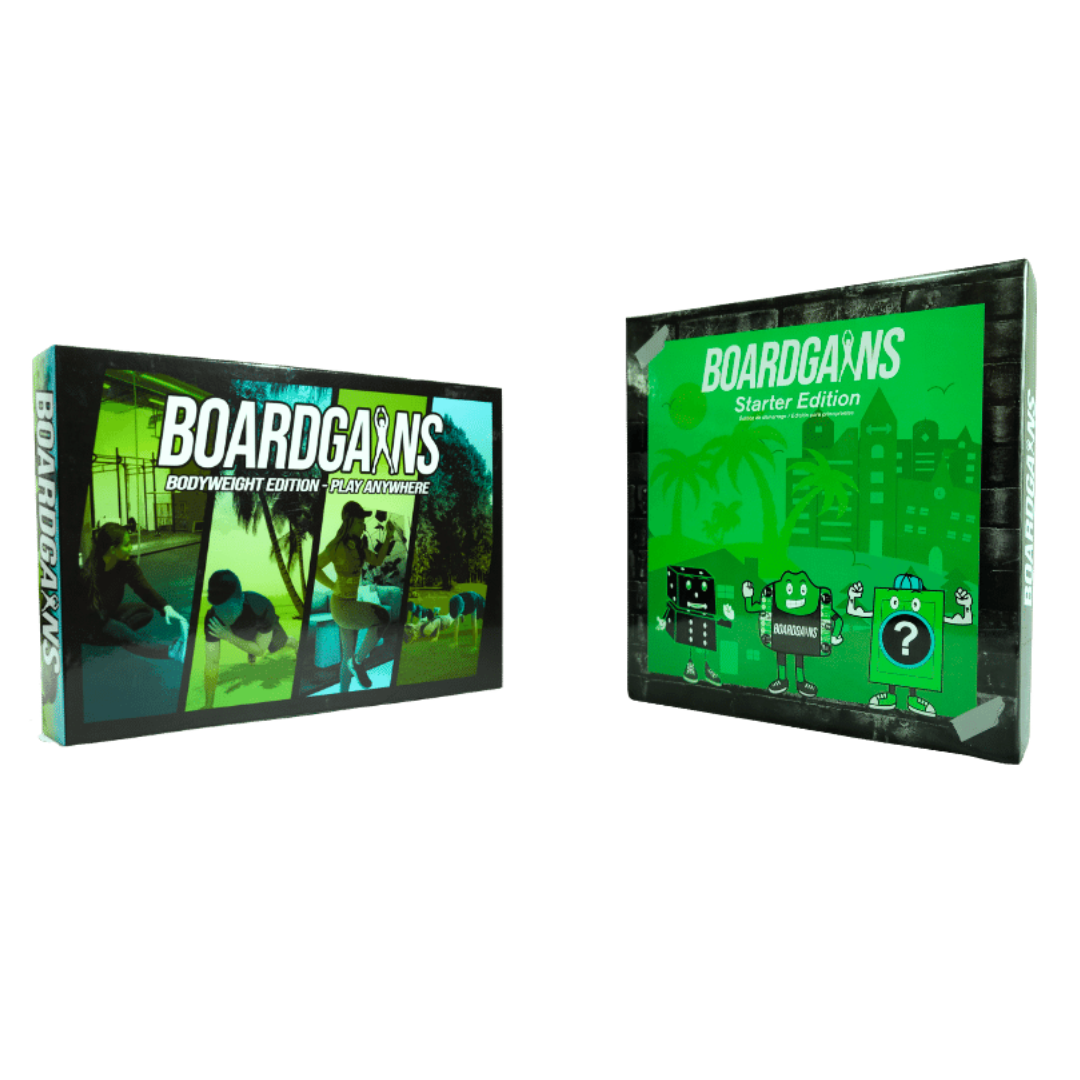
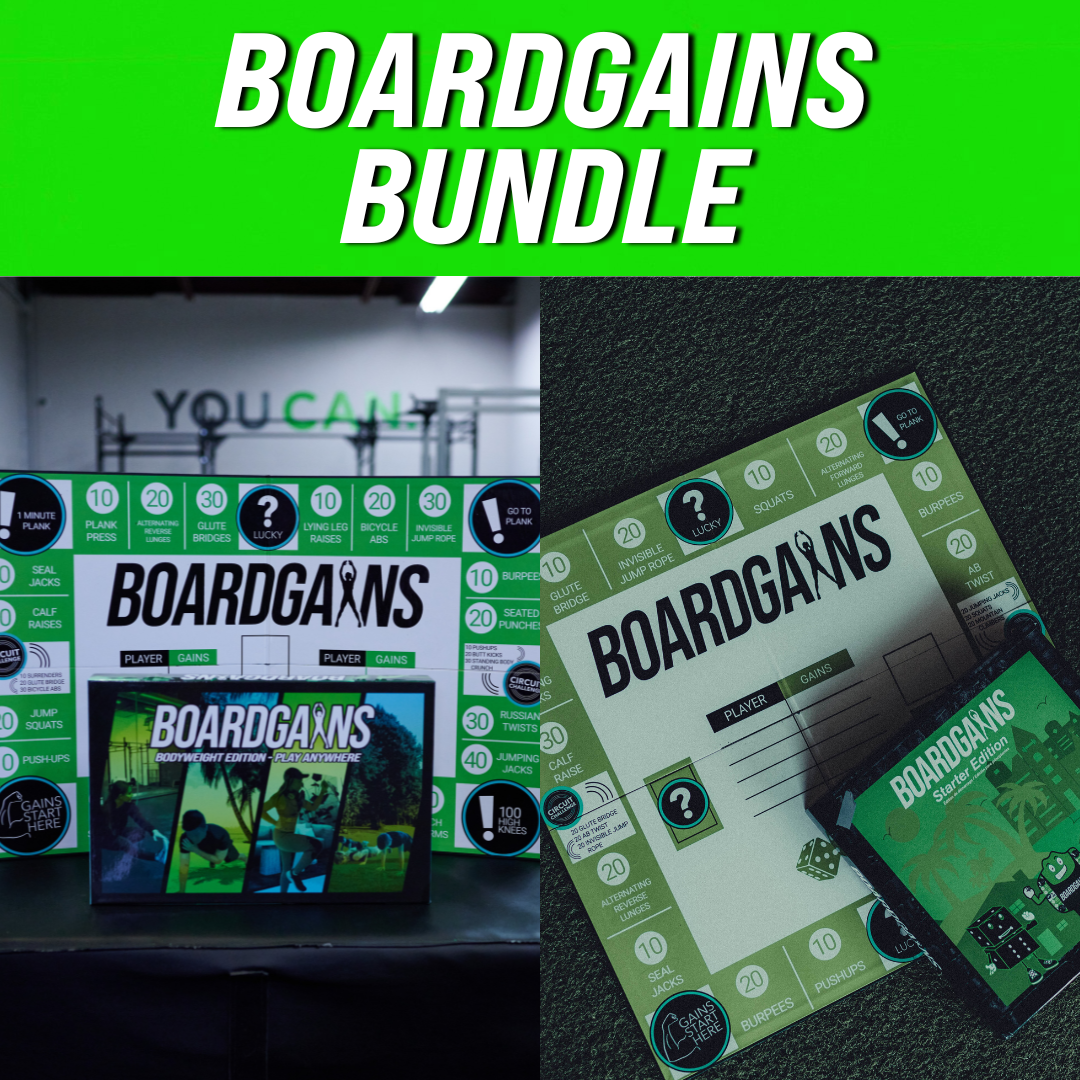
Leave a comment
This site is protected by hCaptcha and the hCaptcha Privacy Policy and Terms of Service apply.